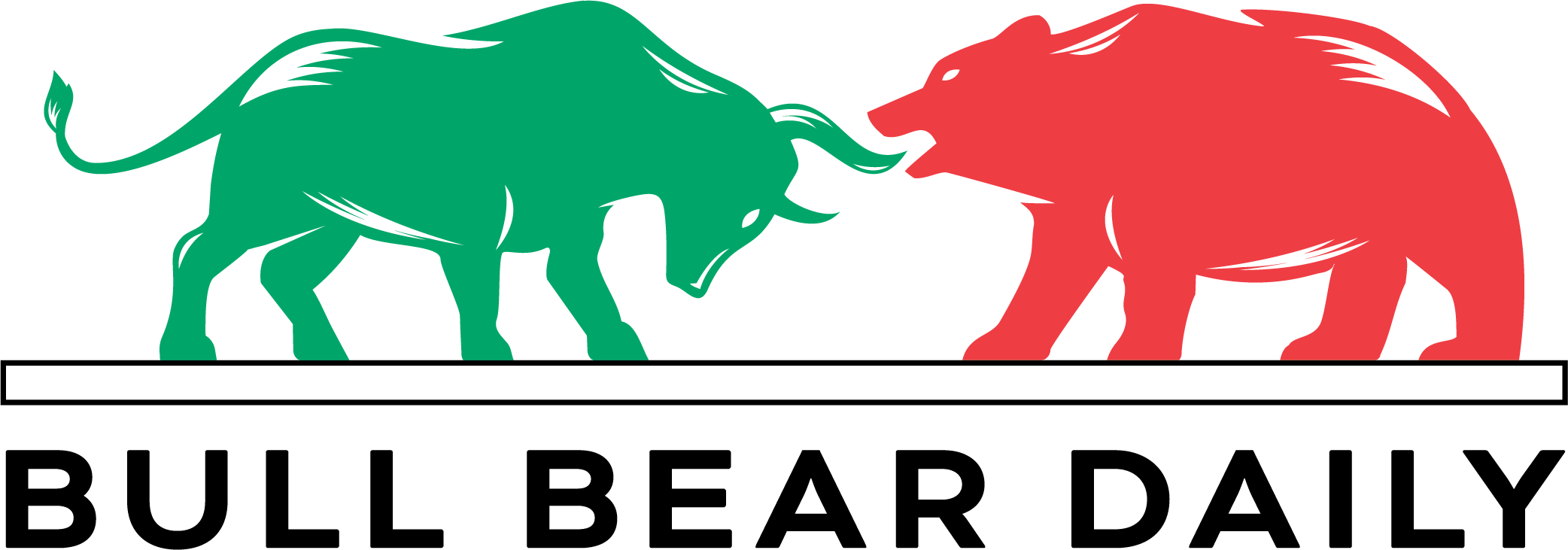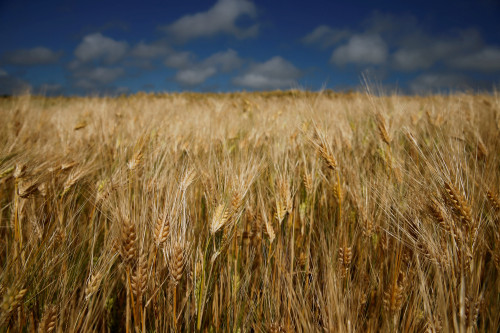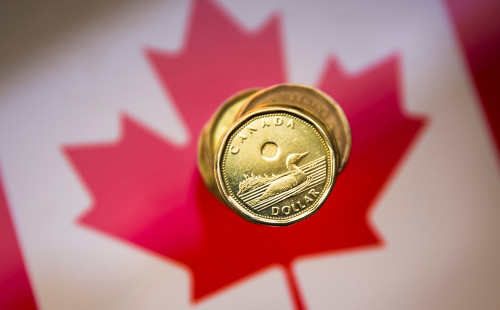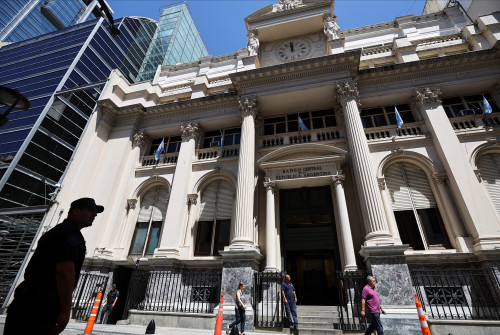By Marcela Ayres
BRASILIA (Reuters) -Brazil’s economic growth surged in the first quarter despite climbing interest rates as fixed investments, household demand and strong farm output underpinned activity, spurring full-year growth forecasts and speculation about another rate hike.
Gross domestic product in Latin America’s largest economy rose 1.4% in the January-to-March period from the previous quarter, government statistics agency IBGE said on Friday, in line with the forecast in a Reuters poll of economists.
That marked a sharp acceleration from a weaker than expected end to 2024. IBGE revised fourth-quarter growth down to 0.1% from a previously reported 0.2%.
XP economist Rodolfo Margato said that beyond the expected boost from agriculture, data showed resilient domestic demand, supported by favorable trends in employment, income and credit. As a result, he said he expected to raise his 2025 GDP growth forecast from 2.3%.
“We expect a new wave of upward revisions from the market. In our case, we were already more optimistic, but our view may now move closer to 2.5%,” said Margato.
William Jackson, chief emerging markets economist at Capital Economics, said Brazil’s economy was on track to grow about 2.3% this year, up from his previous forecast of 1.8%. He said the robust growth could delay the end of interest rate increases by the central bank’s rate-setting committee, known as Copom.
“The strength of domestic demand shown in the expenditure breakdown suggests that Copom will still consider a final 25-basis-point hike in the cycle,” he said.
Policymakers earlier this month left the door open to further moves after delivering a 50-basis-point increase to curb inflation that has been running above the official 3% target. Their comments about keeping interest rates at a restrictive level for an extended period prompted many to bet that their tightening cycle had come to an end.
SOYBEAN HARVEST
Driving growth on the supply side, agriculture stood out with a 12.2% gain from the previous quarter, fueled by a bumper harvest of soybeans, Brazil’s top farm export.
Services, which make up roughly 70% of Brazil’s economy, expanded 0.3% amid a tight labor market, while industrial output slipped 0.1%.
On the demand side, investments measured by gross fixed capital formation stood out with a 3.1% rise from the prior quarter.
Household consumption also contributed with 1.0% growth, supported by measures from leftist President Luiz Inacio Lula da Silva to boost disposable income, including a minimum wage hike. Government spending increased by 0.1%.
The strong economic performance came despite the central bank’s aggressive monetary tightening, which has raised the benchmark Selic interest rate by 425 basis points since September, to a nearly 20-year high of 14.75%.
The government expects soaring interest rates to weigh more on economic activity in the second half of the year, projecting GDP growth to slow to 2.4% in 2025 from 3.4% last year.
Brazil’s GDP expanded 2.9% compared to the first quarter of 2024, below expectations of a 3.2% increase due to revisions for prior quarters.
(Reporting by Marcela AyresEditing by Brad Haynes and Mark Potter)






